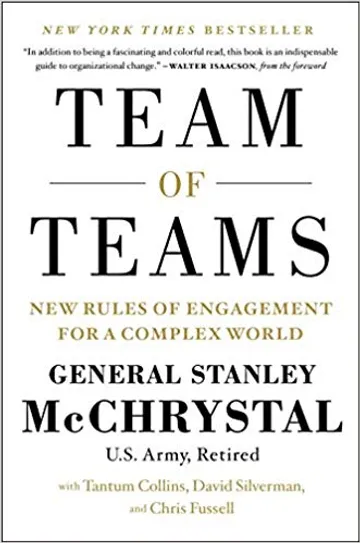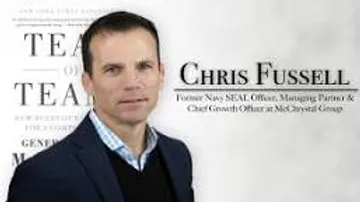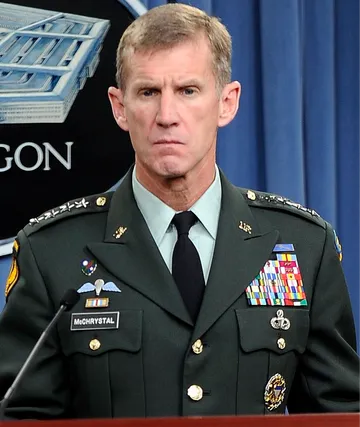Don't see an advisor you admire? Let's add him to the database! - Request
Rendors (5)
4
Tim Ferris Show Guest
1
Forbes World's Most Powerful People
1
Fortune 500 CEO
1
Thinkers 50

Doug McMillon
December 8, 2016
CEO Walmart
Tim Ferris Show Guest
Fortune 500 CEO
Forbes World's Most Powerful People


Co-Founder of McChrystalGroup, Chair of ServiceYear & avid team builder
Tim Ferris Show Guest


Subscribe to Blog and Updates:
Popular advisors

Warren Buffett
Rendors given:
25
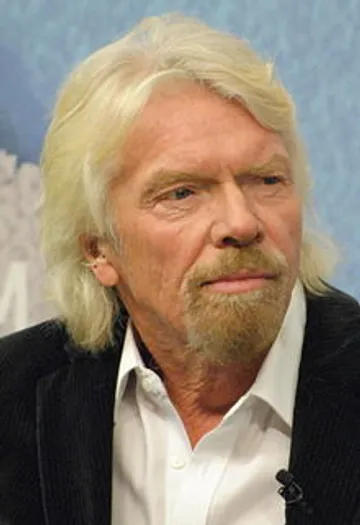
Richard Branson
Rendors given:
55

Seth Godin
Rendors given:
89
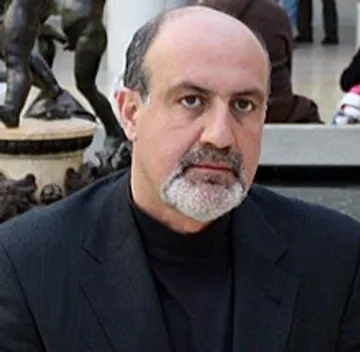
Nassim Taleb
Rendors given:
67

Elon Musk
Rendors given:
28
Popular books

The Great Gatsby
Rendors:
29
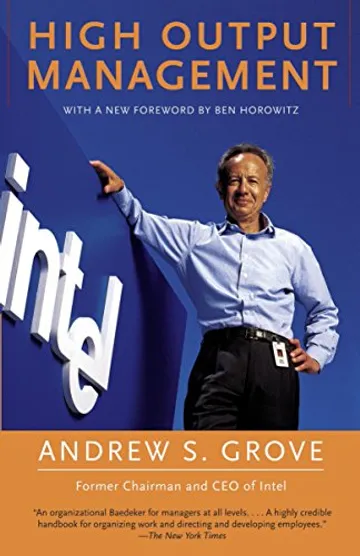
High Output Management
Rendors:
21
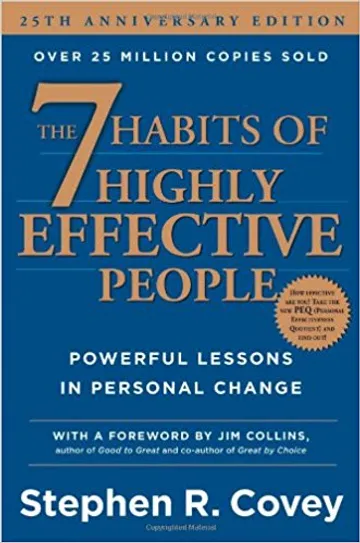
The 7 Habits of Highly Effective People
Rendors:
34

Moby Dick
Rendors:
27

